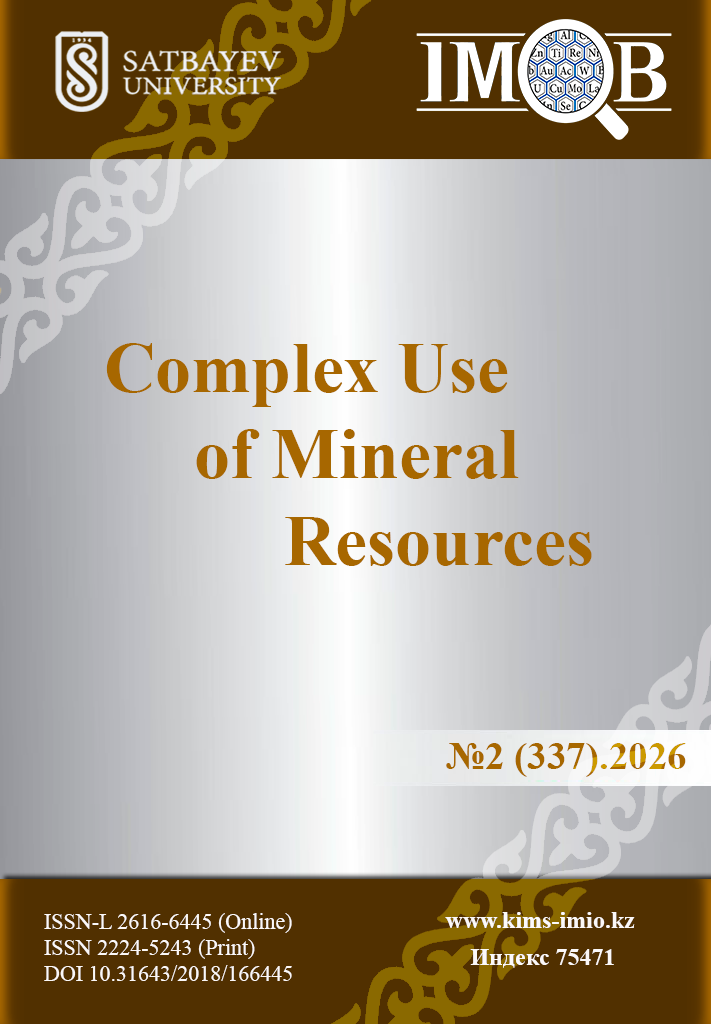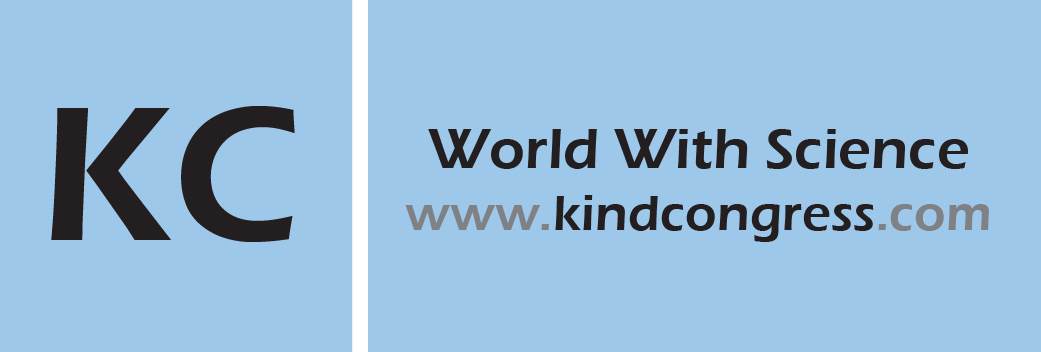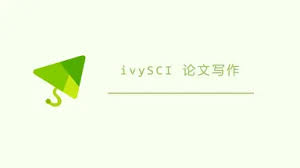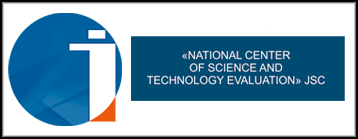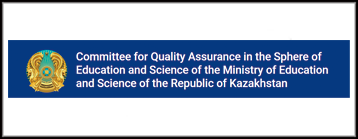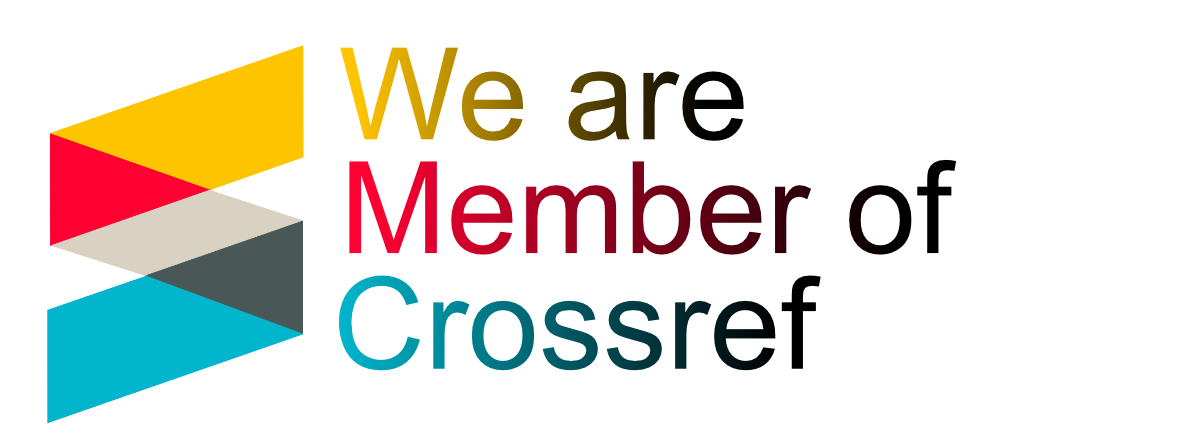Development of a technology for the production of aluminum castings using 3d printing of models and lost-was casting
DOI:
https://doi.org/10.31643/2026/6445.22Keywords:
3D printing, investment casting, aluminum alloys, additive manufacturing, industrial manufacturing, innovative manufacturing processes.Abstract
Industrial development of the Republic of Kazakhstan requires accelerated formation of industries with high added value, capable of meeting domestic needs and increasing export potential. Despite the potential for innovative development, additive technologies for the production of metal products have limited application in traditional mechanical engineering industries due to the high cost of equipment (for example, 3D printers for metals) and, as a consequence, the high cost of production. This factor limits their use in serial production. Thus, the development and implementation of new casting technologies based on the integration of modern scientific achievements and advanced technical solutions is an important task for ensuring sustainable growth of high-tech and competitive industries in Kazakhstan. Development and implementation of technology for the production of aluminum castings of complex shapes using 3D printing of models and investment casting, which will reduce production costs, shorten manufacturing time and improve product quality for strategically important industries. The study used comparative analysis methods and experimental studies aimed at studying the mechanical properties of products manufactured using various technologies, as well as optimizing 3D printing parameters to achieve better product characteristics. The results showed that additive technologies provide high accuracy, allow you to create complex geometric shapes and reduce waste. However, to improve the mechanical properties of products, such as strength and wear resistance, it is necessary to optimize the extrusion parameters during 3D printing. The findings of the study confirm that the choice of technology depends on the specific conditions and requirements for the product. Additive technologies, despite the existing advantages, require further research to improve the properties of final products. The practical significance of the work is that the results of the study can help manufacturers choose the most efficient and cost-effective production methods, which in turn will lead to reduced costs and improved product quality, as well as improved environmental performance.
Downloads
References
Aubakirova G. Innovacionnye tehnologii v metallurgii Kazahstana [Innovative technologies in metallurgy of Kazakhstan]. Almaty: Izdatel'stvo Nauka = Almaty: Science Publishing House. 2024. (in Russ.).
Kalikov A. Jekonomicheskoe razvitie Kazahstana: sovremennye tendencii i perspektivy [Economic development of Kazakhstan: current trends and prospects]. Zhurnal jekonomiki i biznesa = Journal of Economics and Business. 2021; 15(4):52-67. (in Russ.).
Kim V. Jekologicheskaja ustojchivost' tradicionnyh proizvodstv: problemy i reshenija [Environmental sustainability of traditional industries: problems and solutions]. Zhurnal Jekologija i promyshlennost' Rossii = Journal Ecology and industry of Russia. 2023; 12(6):34-41. (in Russ.).
Maksimov I. Tehnologii lit'ja aljuminija: tendencii i novshestva [Aluminum casting technologies: trends and innovations]. Materialy mezhdunarodnoj konferencii po novym tehnologijam v metallurgii = Proceedings of the International Conference on New Technologies in Metallurgy. 2019; 7:77-84. (in Russ.).
Nurmahanova A, Sadvakasova E. Ispol'zovanie aljuminija v mashinostroenii [The use of aluminum in mechanical engineering ]. Nauchnyj vestnik KazNTU = Scientific bulletin of KazNTU. 2020; 68(2):145-160. (in Russ.).
Turman L. Additivnye tehnologii v proizvodstve: vyzovy i vozmozhnosti [Additive manufacturing technologies: challenges and opportunities]. Sovremennye tehnologii mashinostroenija = Modern engineering technologies. 2021; 3(1):59-66. (in Russ.).
Song Y, Yong Li, Song W, Koh Chai Yee, Koon-Yang Lee and Vito L Tagarielli. Measurements of the mechanical response of unidirectional 3D-printed PLA. Materials & Design. 2017; 123:154-164. https://api.semanticscholar.org/CorpusID:136056412
Pham DT, Gault RS. Comparison of rapid prototyping technologies. Int J Mach Tools Manuf. 1998; 38:1257-1287. https://api.semanticscholar.org/CorpusID:111311399
Dimitrov D, van Wijck W, Schreve K, de Beer N. Investigating the achievable accuracy of three dimensional printing. Rapid Prototyping Journal. 2006; 12:42-52. https://doi.org/10.1108/13552540610637264
Mcloughlin L, Fryazinov O, Moseley M, Sanchez M, Adzhiev V, Comninos P et al. Virtual Sculpting and 3D Printing for Young People with Disabilities. IEEE Comput Graphics Appl. 2016; 36:22-8. https://api.semanticscholar.org/CorpusID:107532
Joshi, Sunil & Sheikh, Abdullah. 3D printing in aerospace and its long-term sustainability. Virtual and Physical Prototyping. 2015; 10:1-11. https://doi.org/10.1080/17452759.2015.1111519
Alami A, Ayoub M, Yasin A, Alashkar A, Mdallal A, Khuri S, Al Abdulla S, Aljaghoub H, & Alshemsi F. Lost Wax Casting: From 3D Printing to Functional Parts. Resourceedings. 2023; 3(3):10-16. https://doi.org/10.21625/resourceedings.v3i3.1023
Alasad S, Hasan R, Haider W, & Alami AH. Design and manufacture of functional components from recycled aluminum using lost PLA method. 2022 Advances in Science and Engineering Technology International Conferences, (ASET), Dubai, United Arab Emirates. 2022, 1-4. https://doi.org/10.1109/ASET53988.2022.9735093
Aziz MNA, Rusnaldy, Munyensanga P, Widyanto SA, & Paryanto. Application of lost wax casting for manufacturing of orthopedic screw: a review. Procedia CIRP. 2018; 78:149-154. https://doi.org/10.1016/J.PROCIR.2018.08.304
Claisse PA. Alloys and nonferrous metals. In Civil Engineering Materials. Elsevier. 2016, 361-368. https://doi.org/10.1016/B978-0-08-100275-9.00032-2
Czarnecka-Komorowska D, Grześkowiak K, Popielarski P, Barczewski M, Gawdzińska K, Popławski M. Polyethylene Wax Modified by Organoclay Bentonite Used in the Lost-Wax Casting Process: Processing-Structure-Property Relationships. Materials (Basel). 2020; 13(10):2255. https://doi.org/:10.3390/ma13102255
Song Y, Yong Li, Song W, Koh Chai Yee, Koon-Yang Lee and Vito L Tagarielli. Measurements of the mechanical response of unidirectional 3D-printed PLA. Materials & Design. 2017; 123:154-164. https://api.semanticscholar.org/CorpusID:13605641
Singh, Rupinder, and Gurwinder Singh. Investigations for statistically controlled investment casting solution of FDM-based ABS replicas. Rapid Prototyping Journal. 2014; 20(3):215-220. http://dx.doi.org/10.1108/rpj-03-2013-0036
Kang Jw, Ma Qx. The role and impact of 3D printing technologies in casting. China Foundry. 2017; 14:157-168. https://doi.org/10.1007/s41230-017-6109-z
Körber S, Völkl R, and Glatzel U. 3D printed polymer positive models for the investment casting of extremely thin-walled single crystals. Journal of Materials Processing Technology. 2021; 293:117095. https://doi.org/10.1016/j.jmatprotec.2021.117095
Beeley Peter R, and Robert F. Smart, eds. Investment casting. London: Institute of Materials, 2009. https://doi.org/10.1201/9781003419228
Fedorov K, Ravindran C, & Fayazbakhsh K. Effects of process parameters on friability and surface quality in the rapid investment casting process. Int J Adv Manuf Technol. 2023; 125:731-742. https://doi.org/10.1007/s00170-022-10777-0
Dan´ko R. Methods of the mold sands quality assessment. In: Microstructure and Properties of Ductile Iron and Compacted Graphite Iron Castings: The Effects of Mold Sand. Metal Interface Phenomena. 2015, 43-57. https://doi.org/10.1007/978-3-319-14583-9
Products - Naigai Cerabeads 60, Itochu Ceratech Corporation. https://www.itc-cera.co.jp/english/prod/pdf/naigai.pdf
Spath S, Seitz H. Influence of grain size and grainsize distribution on workability of granules with 3d printing. Int. J. Manuf. Technol. 2014; 70:135-144. https://doi.org/10.1007/s00170-013-5210-8
Weissenbek E, Kautz T, Brotzki J, et al. Tomorrow’s Cylinder Head Production Ecology, Economy and Material Enhancement Brought in Line. Auto Tech Rev. 2012; 1:54-59. https://doi.org/10.1365/s40112-012-0052-6
Kang JW, Ma QX. The role and impact of 3D printing technologies in casting. China Foundry. 2017; 14:157-168. https://doi.org/10.1007/s41230-017-6109
Downloads
Published
How to Cite
Issue
Section
License
Copyright (c) 2025 Y.S. Merkibayev, Т.А. Chepushtanova, А.M. Berlibek, А.К. Tolegenova, Sh.Т. Nugumarov

This work is licensed under a Creative Commons Attribution 4.0 International License.

